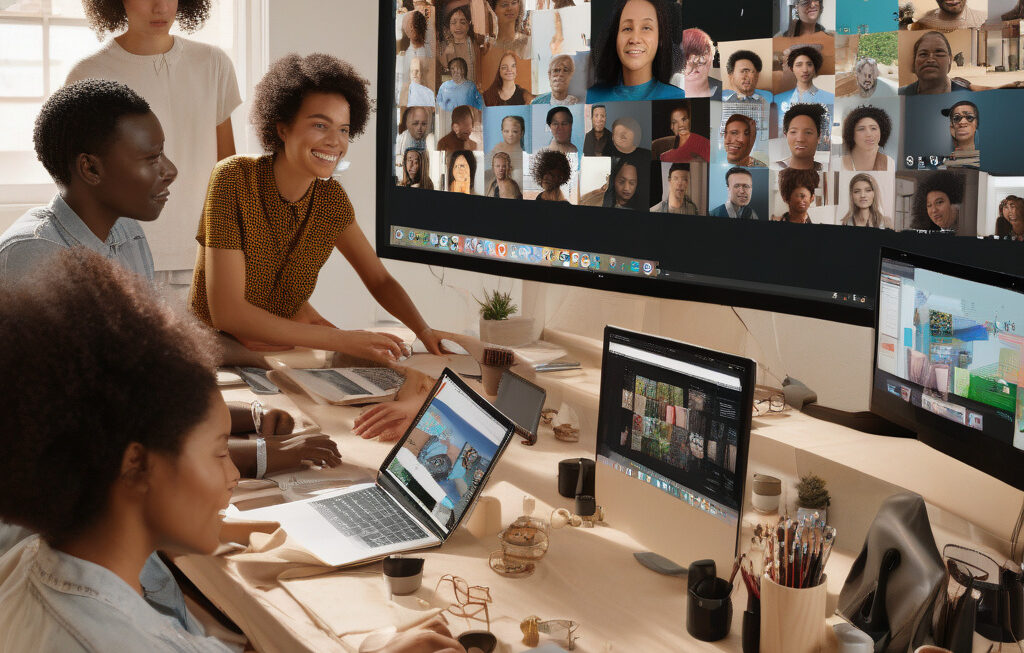YouTube’s AI flags viewers as minors, creators demand safeguards
YouTube, the largest video-sharing platform globally, has recently faced backlash from over 50,000 creators due to its AI system flagging viewers as minors and prompting them for ID scans. This controversial move by YouTube has sparked concerns among content creators regarding privacy invasion, increased surveillance, and potential misclassification of their audience. The creators are now demanding more robust safeguards to protect both their viewers and themselves from the unintended consequences of this technology.
The issue arose when YouTube implemented an AI algorithm aimed at identifying underage users to ensure compliance with children’s privacy laws such as the Children’s Online Privacy Protection Act (COPPA). However, the algorithm’s accuracy has been called into question, with many viewers who are clearly adults being mislabeled as minors. This misclassification not only infringes on the privacy of adult viewers but also impacts creators who rely on accurate data about their audience for content creation and monetization purposes.
One of the primary concerns raised by creators is the potential for increased surveillance of their viewers. By prompting users to undergo ID scans to verify their age, YouTube is collecting sensitive personal information that could be misused or compromised. This level of data collection raises red flags among creators who fear that their audience’s trust and confidentiality are being jeopardized in the name of regulatory compliance.
Moreover, the misclassification of viewers as minors has significant implications for creators in terms of content creation and revenue generation. YouTube’s algorithm determines the type of advertisements shown to viewers based on their age, interests, and viewing history. Therefore, if adult viewers are incorrectly identified as minors, creators may lose out on revenue opportunities as targeted ads may not reach the intended audience.
In response to these concerns, creators are calling on YouTube to implement safeguards that protect both viewers and content creators from the negative impacts of the AI flagging system. One proposed solution is to provide more transparency regarding how the algorithm works and the criteria used to identify underage users. By understanding the inner workings of the AI system, creators can make informed decisions about their content and audience engagement strategies.
Additionally, creators are urging YouTube to improve the accuracy of its AI algorithm to prevent the misclassification of viewers. This could involve refining the technology to consider a broader range of factors beyond just age, such as user behavior and preferences. By enhancing the algorithm’s precision, YouTube can ensure that creators receive reliable data about their audience, leading to more effective content creation and monetization strategies.
Ultimately, the current uproar among creators highlights the delicate balance between regulatory compliance, privacy protection, and content creation on platforms like YouTube. While ensuring the safety and privacy of underage users is essential, it is equally crucial to safeguard the interests of content creators who drive the platform’s diverse and engaging content ecosystem. By addressing the concerns raised by creators and implementing effective safeguards, YouTube can uphold its commitment to fostering a fair and transparent environment for both viewers and content creators alike.
privacy, surveillance, misclassification, content creators, YouTube_AI












